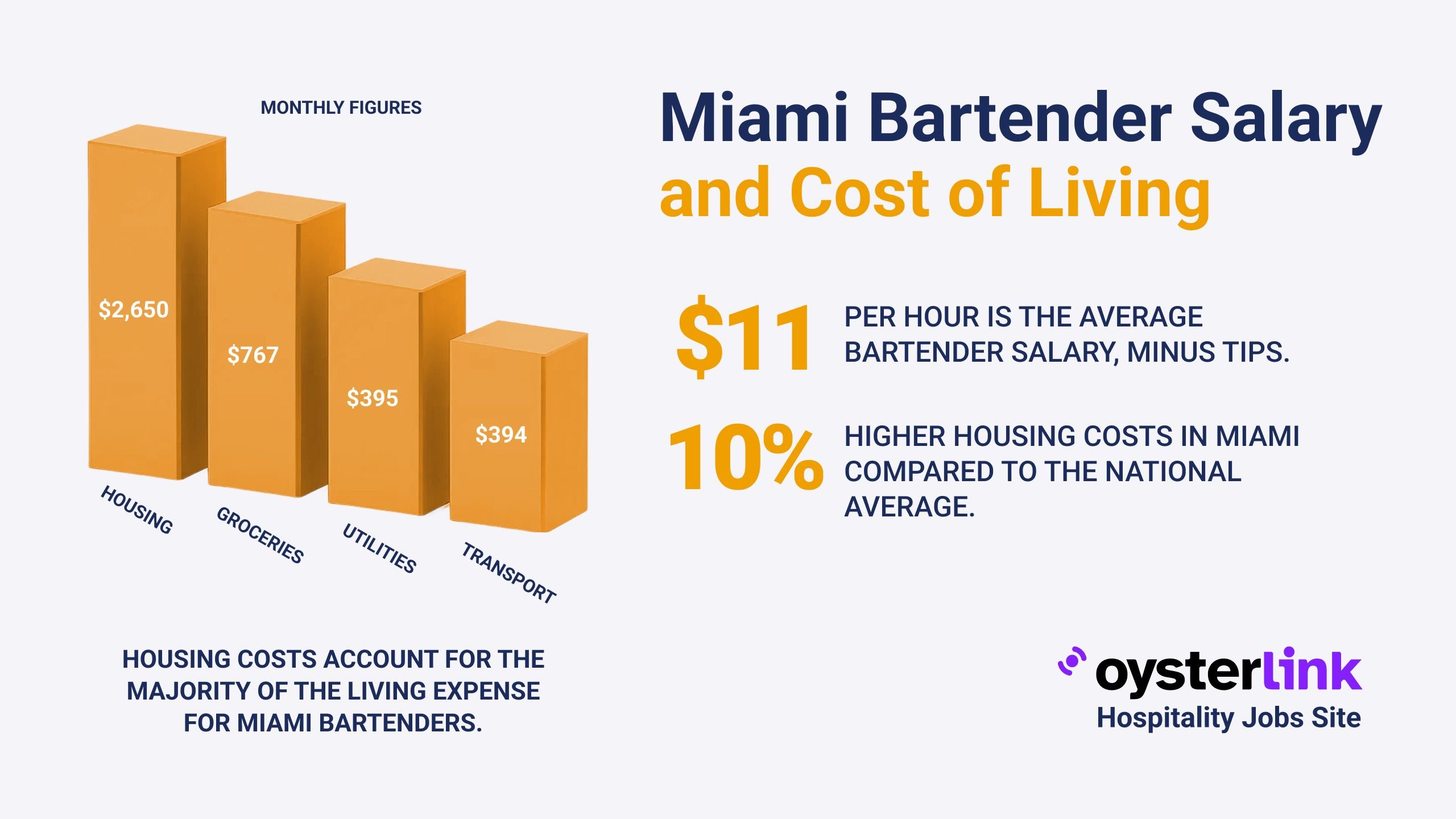Chicago Workforce Demographics for Server: Key Takeaways
- About 40% of restaurant workers, including servers, are under 25 years old, reflecting a younger workforce in Chicago’s hospitality sector.
- Women make up roughly 69% of waitstaff positions nationally, indicating a likely female majority among Chicago servers.
- Chicago servers often have diverse educational backgrounds; around 40% hold a bachelor's degree, which is higher than typical restaurant industry averages.
Understanding workforce demographics for servers in Chicago provides insight into the age, gender, and education characteristics shaping this vital role.
This article explores these facets to better represent the profile of servers in Chicago’s dynamic restaurant industry.
For employers looking to efficiently build their team, restaurant staff hiring strategies can be crucial to finding the right talent.
1. Age Distribution of Servers in Chicago
The restaurant industry employs a relatively young workforce nationwide, and Chicago is no exception. Approximately 40% of restaurant employees are under the age of 25 nationally, which is significantly higher than the 13% of the overall labor force in this age group.
Additionally, 60% of restaurant workers are under 35, compared to 35% across all industries. These statistics suggest that Chicago servers tend to be younger than the average worker, reflecting the often entry-level or early-career nature of serving jobs.
This younger demographic supports the hospitality sector’s fast-paced environment and flexibility, which appeals to students and young adults balancing other responsibilities.
Those interested can learn more about how to become a server and navigate their hospitality career journey.
2. Gender Composition of Chicago Servers
National data shows that women represent approximately 69% of waitstaff positions, indicating strong female representation in front-of-house roles. Given Chicago’s diverse and large restaurant scene, this trend likely mirrors in the city’s server workforce.
Women’s prominence in serving roles aligns with broader hospitality industry trends, where these positions offer flexible schedules and opportunities for social interaction.
While the industry continues to evolve, the predominance of female servers shapes customer experience and workforce culture in Chicago’s eateries.
Employers seeking to attract and hire talented waitresses may find guidance in our waitress job description and interview resources.
3. Educational Attainment Among Servers in Chicago
Servers in Chicago display a broad spectrum of educational backgrounds. Nationwide, about 30% of servers hold only a high school diploma while roughly 40% have attained a bachelor's degree.
Chicago’s workforce generally shows higher education levels, with around 88% having at least a high school diploma and roughly 46% holding a bachelor’s degree or higher.
This suggests that Chicago servers may exceed national education averages, reflecting the city’s diverse economic base where serving can be a temporary or supplemental job for educated individuals.
Higher education levels may also influence career mobility and wages within the local hospitality industry.
Managers looking for tips on recruiting servers can refer to the guide on how to hire a server or waiter to improve their hiring process.
4. Ethnic and Racial Diversity in Chicago Servers
Although specific ethnicity data for Chicago servers is limited, the city itself is highly diverse: approximately 33% White (non-Hispanic), 30% Black or African American, 29% Hispanic or Latino, and 7% Asian.
The restaurant workforce typically reflects its surrounding community, so it’s reasonable to expect a similarly diverse ethnic composition among servers in Chicago.
This diversity enriches the city’s hospitality culture and offers varied perspectives that benefit customer service and workplace dynamics.
5. Employment Type and Income Levels for Chicago Servers
Nationally, about 67% of servers work part-time, a pattern likely mirrored in Chicago due to the city's bustling and flexible dining industry.
Servers often seek part-time work to accommodate schooling or other jobs, contributing to the dynamic labor market.
The average hourly wage for servers across the U.S. is approximately $17.56 before tips, with tips comprising close to 58.5% of total earnings.
Given Chicago’s higher cost of living and vibrant dining scene, servers may earn wages aligning with or exceeding these figures, though income can vary widely depending on the establishment and location.
Employers can better understand wages and expectations by reviewing the server salary page.
6. Conclusion on Chicago Server Demographics
Chicago’s server workforce is characterized by a young, predominantly female group with diverse educational backgrounds and ethnicities reflecting the city’s rich cultural fabric.
Part-time employment remains common, accommodating a range of lifestyles and commitments, while income levels are influenced by the city’s economic conditions.
Understanding these demographic characteristics helps employers, policymakers, and stakeholders tailor workforce strategies and improve the hospitality sector’s inclusivity and effectiveness.
For recruitment insights, consider exploring restaurant staffing to improve your hiring strategies and reduce turnover.
7. Resources for Further Information on Chicago Workforce
For those interested in exploring Chicago’s workforce demographics and employment data further, the following official resources are invaluable:
- U.S. Bureau of Labor Statistics – Comprehensive labor market data and occupational statistics.
- U.S. Census Bureau – Detailed demographic and socioeconomic data.
- City of Chicago Official Website – Local government resources and labor market reports.


.png)

.png)
.jpg)